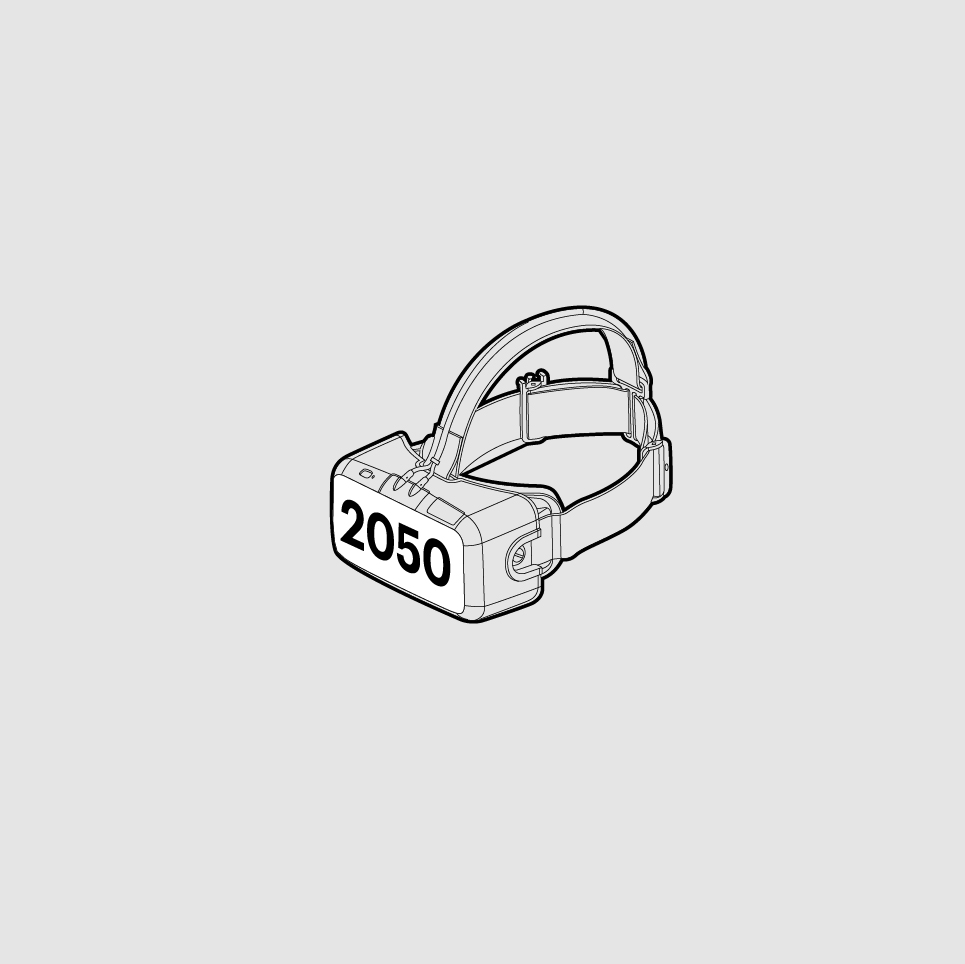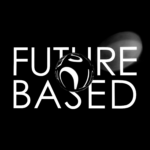
By Rudy van Belkom, The Netherlands Study Centre for Technology Trends (STT) | 5 April, 2022
“I walk out of the virtual meeting room and say goodbye to my Japanese colleagues. My workday is done. Cool that we could walk through the hydrogen park and see with our own eyes that the production is now completely sustainable. Before I take off my VR glasses, I decide to pay a visit to the tailor because I want to be fitted for a suit for the wedding of two good friends. It’s already in one month. I’m glad that I can see all options without having to put on twenty suits. I look for a local entrepreneur so I can pick up my suit with my bike when it’s printed. Before I step into the virtual shop, I’m asked if the tailor could see my body measurements. I give permission, knowing that these anonymized data don’t leave my account and cannot be stored by others. Organisations cannot collect user data anymore because of the ‘data visiting’ legislation, but they can only temporarily view them after they’ve been given permission. Exceptions are only made for research purposes of organisations that serve a general purpose, such as hospitals, NGOs and universities. For instance, I donated my anonymized cardiac rhythm data to an academic hospital for research on heart arrhythmia. Meanwhile, I’ve made my decision: a beautiful soft brown suit of organic cotton. As a thank you for my purchase, the tailor gives me a digital copy of the suit for my digital wardrobe. As I step outside the shop, I see a big crowd in the community space just ahead. I follow my curiosity and head towards it to see what’s going on. It appears to be a sit-in to draw attention to the climate goals, that were not achieved, again. I decide to take part in this silent protest and search for a spot to sit.
I start talking to a boy from Brazil who tells me about the Climate Lab. Thanks to the integration of new translation techniques we can communicate to each other in our own language. The Climate Lab is a place where people can experience the consequences of global warming. When I ask him if that approach isn’t too negative (after all, if we’re on the verge of disaster, there’s nothing we can do about it), he describes that you can also experience positive scenarios and discover sustainable innovations. I decide to give up my seat in the sit-in to visit the Climate Lab. After signing the climate manifesto, I ask my son if he will join me. I expect that it would make him enthusiastic too. I meet him at the Lab and turn off my virtual location data and avatar. Now my contacts cannot see or talk to me. An additional advantage is that style or status does not matter and all people in the lab are equal.
One of the involved climate researchers explains to us that we’ll go through various immersive experiences. She says that it can be shocking, but that we can always decide to step out of it. First, we’ll experience the consequences of the rising sea level and extreme rainfall. Suddenly, we’re knees deep in water. Around us we see how the water invades houses and how the current gets stronger and stronger. As the water rises, we see how trees and cars get swept away by the current. We climb on top of the rooftop of a house to keep ourselves safe. Then our surroundings change. Heat and drought take over. We see how a farmer stares at his withered land in disbelief. The earth has cracked. The harvest failed, again. We climb off the rooftop to walk to the farmer, but we end up in a procession of people that carry their little belongings. Their land is not liveable anymore. Children are crying. We see the panic in people’s eyes. Then we reach the border. Everything around us turns green. We can breathe again. We see how sustainable choices and innovations can contribute to improving the biodiversity and liveability of Earth. A possible future. Somewhat unsettled, but hopeful, we leave the Climate Lab. I will contact them soon to see if our hydrogen innovations can be part of the Lab as well. When I turn on my avatar, I see a message from the academic hospital. They thank me for my data contribution and inform me about the status of their research and the insights they gained.
In the past I would have shared my contribution to heart research on my social media profiles immediately. But now the walls of the digital world have broken down and I can move my avatar through this world, it seems pointless to walk around and publicly showcase all your achievements and experiences. Just like how you don’t put your photo album or CV out on the street in the physical world. In this digital universe, you don’t visit each other’s profiles, you engage in experiences. No matter what device you use. Therefore, this new digital world is not a showcase of your life, but an extension to it. You no longer have a public timeline, but a personal account where you collect experiences for yourself. A world without likes and comments that haunt you forever and define who you are. Here, today’s newspaper is once again used to pack tomorrow’s fish. The content is temporary, but the experience is forever. When I take off my glasses, I don’t have to adjust to ‘reality’. Although the physical and virtual world are connected seamlessly and combined form my reality, the boundaries are clear. Even if the virtual world feels real sometimes, I know perfectly well that it’s artificial. For example, I know that the avatars I see walking in fashion shows are edited. This evident deceit is sometimes exhilarating in a physical world where the distinction between real and fake is often much harder to tell.”
This vision of the future is part of the book Alive and Clicking – There is hope for democracy by Rudy van Belkom.
